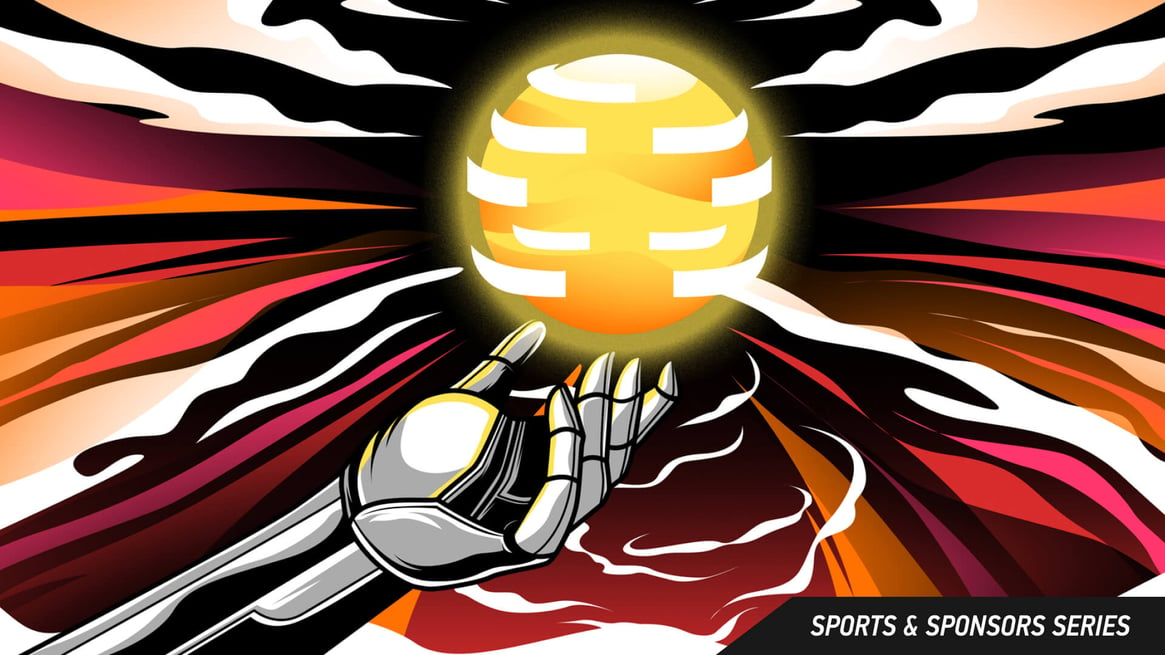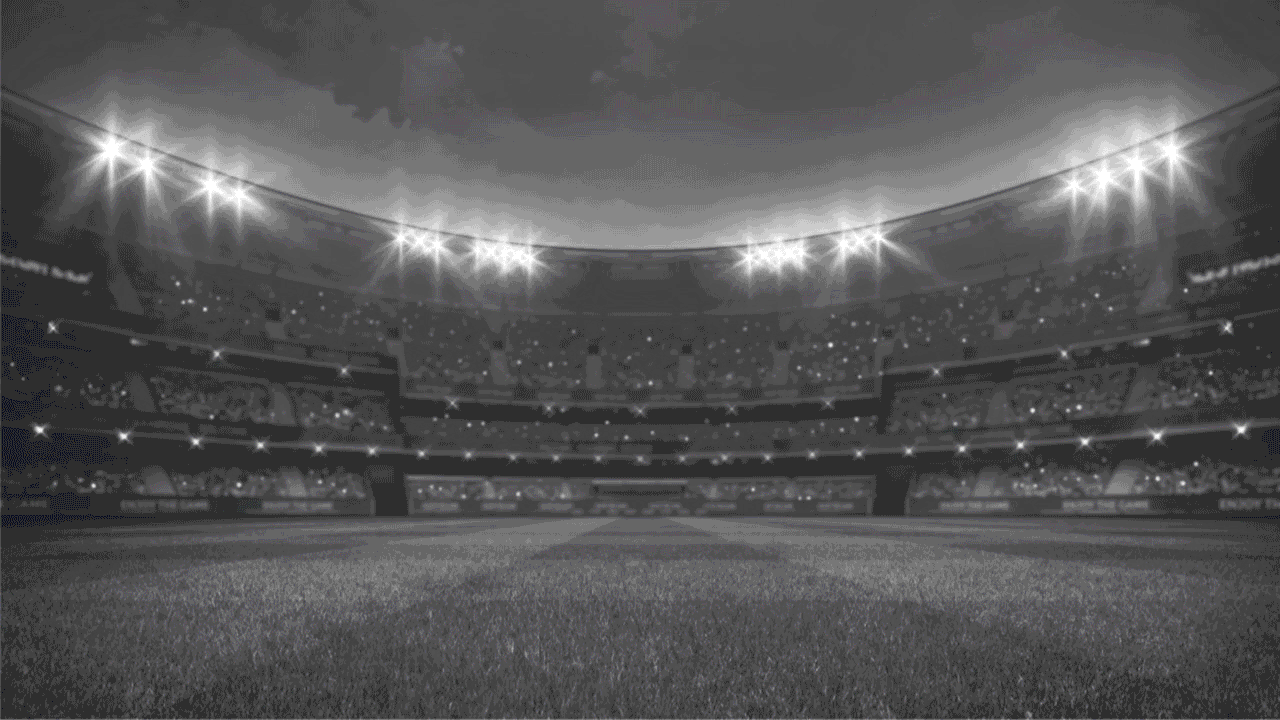 One of the most powerful recent innovations in sports advertising is the ability to sponsor specific moments in a game. Three-pointers, fastest laps, aces – all the big moments are now potential advertising space.
One of the most powerful recent innovations in sports advertising is the ability to sponsor specific moments in a game. Three-pointers, fastest laps, aces – all the big moments are now potential advertising space.One of the most powerful recent innovations in sports advertising is the ability to sponsor specific moments in a game. Three-pointers, fastest laps, aces – all the big moments are now potential advertising space.
For grassroots or college sports organizations, this is an unbelievable opportunity. Professional-level sport has largely avoided the direct sponsorship of moments within a game for a number of reasons. At the amateur level, there are none of the complicated sponsorship deals that prevent certain players from being seen next to certain brands. This is a unique selling point for grassroots sport as it is the only place where brands can have free rein to run powerful, integrated and relevant ad campaigns at specific moments during live sport.
In this article, we want to help sporting rights owners, brands and their ad agencies fully understand this opportunity and begin to create ad campaigns that take full advantage of this innovative advertising category.
One of the biggest factors that contribute to the effectiveness of advertising is congruence – or how well the ad fits with the content. In 2019, the Journal of Advertising Research analyzed 52 academic papers on advertising effectiveness and identified ad congruency as one of the three main factors that can improve ad effectiveness. Sponsoring moments within a game is a chance to deliver the most congruent ads possible. We know that certain events will happen at some point during a game, and certain athletes for certain teams will be involved. This allows advertisers to craft ad campaigns that specifically relate to these events – at the exact moment when fans are experiencing positive emotions.
In advertising, linking a brand with a positive feeling in the minds of consumers is the holy grail. When people are happy their brains release chemicals that strengthen memories and, crucially, produce similar feelings when that moment is recalled. It’s hard to find anything in the world of advertising that’s as joyous as the team you follow getting a goal, touchdown, try or hitting a home run.
 The match status graphic with various integrated sponsorship sizes, powered by LIGR.Live.
The match status graphic with various integrated sponsorship sizes, powered by LIGR.Live.
To take full advantage, we need to move beyond just showing a logo with nothing to link the brand to the sporting action. Why not create clever, entertaining ads that are specifically made for an in-game event? This is a real chance to move advertising forward and evolve beyond pitchside hoardings or on-screen logos shown randomly throughout a game.
Advertising creative teams aren’t really pushing the boundaries yet and creating ads specifically for the sponsorship of moments within a game. At the moment, when a brand sponsor’s a goal, it’s mainly treated as just another chance to show an ad. We think that there’s more value for advertisers here, so we’d like to share our thoughts on what’s possible.
Contextual ads are common on websites and in magazines. This is when an ad is directly related to the content, for instance, a story on a travel website about Barbados might feature ads offering direct flights to Barbados. It’s common to see similar ads during the ad break in live sport for food delivery services, beer brands or TV manufacturers where the ad shows people watching sport. This can now be taken a step further with in-game event sponsorship. For example, if a goal is scored during the first half of a soccer match, an ad could be triggered that says, “Order now and your food will be delivered by full time”. Instead of advertising pizza delivery at half time, it’s possible to target a moment when fans will be happy, so will be more likely to pick up the phone and place a large order.
A pizza delivery advertisement attached to a goal scored graphic, powered by LIGR.Live.
There are many other chances to add context during a game. Ads can also be triggered after a certain number of events, for example, after 10 fouls by one team. This could be used by insurance brands to promote personal accident insurance, health insurance, or auto insurance.
Corner kicks are perfect for sponsors, as there is a short break in play and it’s a moment of anticipation within a game. A brand can sponsor corners in every game across an entire season and make itself synonymous with corners. For example, an animated banner could show a robot vacuum cleaner that is effective at sweeping into the corners of rooms. This ad could be displayed whenever a corner is awarded, or to avoid oversaturation, whenever a stat showing the corner comparison between two teams is displayed.
A robot vacuum advertisement attached to a team stat comparison graphic, powered by LIGR.Live.
The takeaway here for advertisers is, don’t just see sports sponsorship as just another place to put your logo. Think about how your brand can sponsor a part of the game that has context and relevance and will help viewers remember your brand. Give your creative team a brief to come up with something unique that fans will remember or find funny.
Not all sponsorship opportunities are the same. Sponsoring in-game events is a huge opportunity for advertisers to get closer to the fans and produce truly powerful and integrated ad campaigns. It is a unique opportunity in the advertising world, as no other ad placement allows a brand to be so closely associated with such a powerful, joyous moment.
For sports organisations, it’s vital to understand the unique power of sport and to be able to explain this to potential advertisers. This helps to differentiate a sport or league from its competitors and secure better sponsorship deals.
In advertising, it’s not always about clicks. The next article in the Live-Streamed Sports & Sponsors Series takes a closer look at ad exposures. If you’re new to digital advertising, it’s important to understand that clicks aren’t as important as you might think, especially during live sport. Read on to discover Why Exposure is King in Sports Advertising.

|